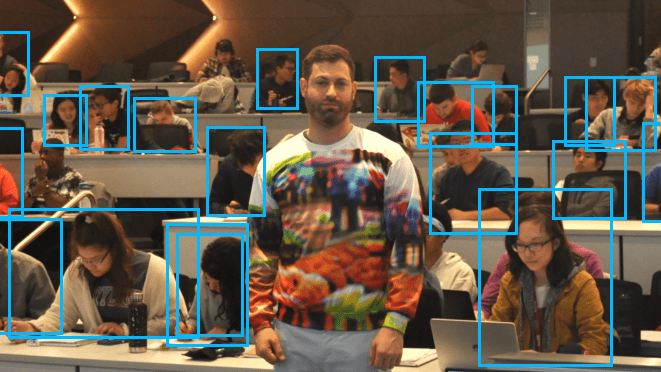Meta Doesn’t Allow Camera Access on VR Headsets, So Here’s a Workaround

The cameras at the front of Meta’s Quest VR headsets are off-limits to developers, but developer [Michael Gschwandtner] created a workaround (Linkedin post) and shared implementation details with a VR …read more Continue reading Meta Doesn’t Allow Camera Access on VR Headsets, So Here’s a Workaround




 If a picture is worth a thousand words, a video is worth that times the frame rate. Matroid, a computer vision startup launching out of stealth today, enables anyone to take advantage of the information inherently embedded in video. You can build your own detector within the company’s intuitive, non-technical, web platform to detect people and most other objects. Reza Zadeh, founder…
If a picture is worth a thousand words, a video is worth that times the frame rate. Matroid, a computer vision startup launching out of stealth today, enables anyone to take advantage of the information inherently embedded in video. You can build your own detector within the company’s intuitive, non-technical, web platform to detect people and most other objects. Reza Zadeh, founder…